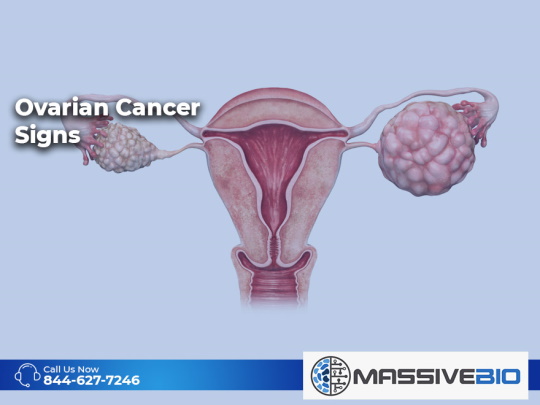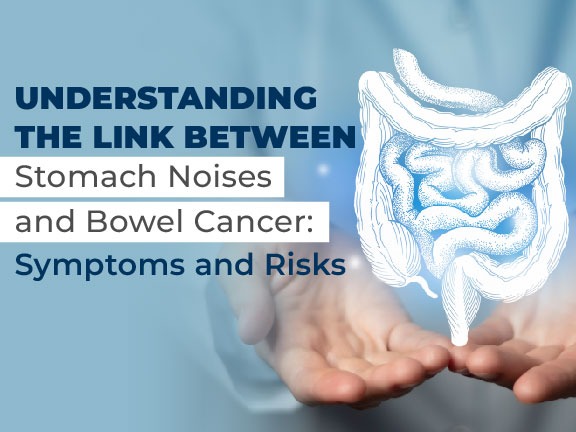Ovarian cancer signs are generally patient specific, varying from patient to patient and are not very self-evident.
Ovarian cancer signs can resemble the symptoms of other diseases, including abdominal pain, bloating and stomach ailments. In the advanced stages of ovarian cancer, patients may experience multiple symptoms in the abdomen such as a palpable mass, pressure, fluid accumulation, swelling, as well as urinary or intestinal complaints due to pressure on the surrounding organs.
What are Ovarian Cancer Signs?
The most common complaints that occur with ovarian cancer patients include:
- Bloating
- Discomfort, especially in thelower abdomen
- Loss of appetite or a constant feeling of fullness
- Indigestion
- Nausea
- Weight loss
Only 20% of ovarian cancer cases are caught at an early stage, when the disease is considered to have a very high survival rate. Therefore, early diagnosis is very important. However, ovarian cancer does not have specific symptoms in the early stages. It may even be indistinguishable from general symptoms such as irritable bowel syndrome (IBS) or premenstrual syndrome.
Ovarian Cancer Risk Factors
As with other types of cancer, there are hereditary and non-hereditary factors in developing ovarian cancer. While 10-15% of ovarian cancers occur because of hereditary disorders, the remaining 85-90% of cases are still not fully understood.
Hereditary factors occur through the transfer of specific risk-carrying genes from the family and cannot be changed. If there is an individual in the family who has had ovarian cancer, the risk ratio increases.
What are the non-hereditary or environmental Factors in Ovarian Cancer?
Non-hereditary and other factors can also cause healthy cells to turn into cancer.
- The risk of ovarian cancer increases with age.
- Obese women, with a body mass index (BMI) of at least 30, also have an increased risk of ovarian cancer.
- Using the drug called clomiphene citrate (Clomid) for fertility for more than a year may increase the risk of malignant tumors, especially if pregnancy has not occurred.
- It is estimated that women who use the male hormone Androgen have an increased risk of ovarian cancer.
- Ovarian cancer risk increases in women who use estrogen hormone during menopause.
- Women with breast cancer have a higher risk of developing ovarian cancer.
- In the mucinous variety of ovarian cancers, smoking has been associated with an increased risk of ovarian cancer.
- It has been observed that the use of talcum powder in the groin area for many years to prevent sweating and diaper rash increases the risk of ovarian cancer.
- Use of birth control pills reduces the risk of ovarian cancer
- Higher risk in those who have never been pregnant. Risk decreases in those who have given birth.
High Level of CA-125 Protein in Blood
In some patients, high levels of CA-125 protein in the blood were found to be among the ovarian cancer signs. However, it is not enough to make a definitive diagnosis, because this blood tumor marker increase may have occurred for other reasons.
A level of CA-125 in blood less than 35 units per milliliter is considered normal. In particular, the level of CA-125, detected at more than 35 units per milliliter in postmenopausal women, increases the likelihood of ovarian cancer. With the detection of ovarian cancer, the level of CA-125 determined in the blood acts as a guide in monitoring cancer development both during and after treatment.












